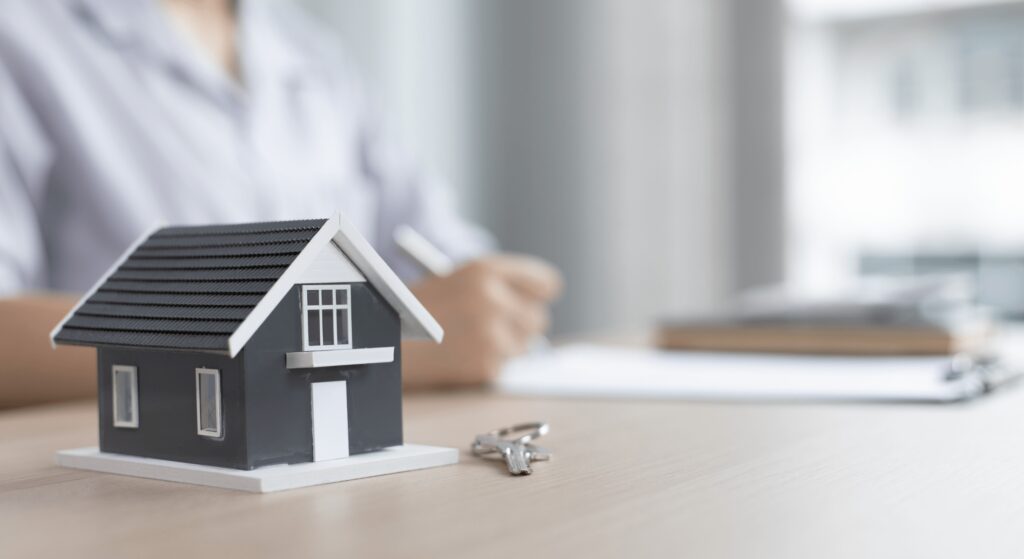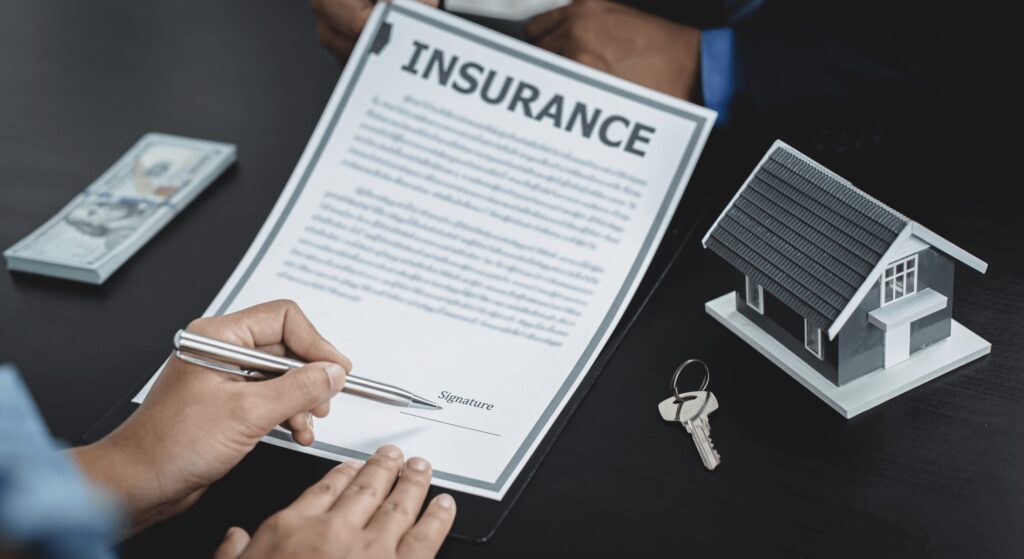You’re about to make a big investment, and you want to be sure that you’re making the right decision. That’s why we’ve put together a list of important things to know when buying a home in San Francisco. Here are five things that every buyer should take into account before making an offer on their dream home in San Francisco.

1. Beware of the brick foundation
Many Victorian homes in San Francisco were originally built on brick foundations. This is very common in neighborhoods like Noe Valley and Cole Valley where many homes were built in the early 1900s.
Brick foundations can be very expensive to repair. If a home has a brick foundation and you notice cracks or sinking in the flooring above it, this could signal that there’s been some damage done to your foundation—and fixing this could get pretty pricey! Additionally, homes with brick foundations may be less attractive to buyers who are interested in modern upgrades, such as the installation of Commercial Solar panels. Buyers focused on long-term comfort and efficiency may also evaluate whether the property can support upgrades such as a radiant heat subfloor system, which is often considered during flooring and foundation renovations.
Brick foundations are hard to sell because they don’t appeal to everyone’s aesthetic preferences. So if you’re looking at buying a home with one of these types of foundations. You should seriously consider the cost to maintain and repair it when constructing your offer!
2. Don’t forget to find out about the laundry situation
You would think that at the price that most condos and homes are sold for in San Francisco there should be in unit laundry. But that is not always the case. Many condos and even some single family homes in San Francisco have plumbing and electricity that is not designed for modern washers and dryers. Sites like Zillow don’t always include this information in the listing. In other words, if you want to buy a condo or home. Make sure you find out the laundry situation before making an offer.
3. Ask about earthquake insurance

If you live in San Francisco, or anywhere else in the Bay Area, it’s essential to have earthquake insurance. This is because of a well-known phenomenon: The Bay Area is on top of one of the most prominent fault lines in the world.
When an earthquake strikes and causes damage to your home—whether it’s through cracking walls or breaking glass fixtures or shattering tiles—the costs can really add up. That’s why it’s important that you have enough coverage on your homeowner’s policy.
You’ll want to ask about this during the home inspection process. So that you understand what specific costs are covered by your homeowner’s policy and which are not. Some policies may only cover certain appliances such as refrigerators. While others will provide extra protection against flooding instead of just fire damage caused by water pipes bursting during an earthquake.
4. Check a homes price history
When you’re looking to buy a house in San Francisco, before placing an offer. You should check a home’s price and tax history. The practice of pricing a home is not an exact science. It is partially determined logically and partially emotionally. For example, the price per square foot of a home is often determined by looking at comparable properties in proximity. But the addition of a garage, yard, renovated kitchen, rooftop, and other luxuries can be sometimes priced arbitrarily.
5. Read and reread the disclosure documents

Disclosure documents, or disclosures, are the documents that must be provided to first time home buyers by a licensed real estate agent at the time of purchase. A successful real estate agent will tell you what’s required and if there are other documents that need to be obtained. Your agent will also help you review the documents.
Disclosure documents include information about the known state of a property. Some information in the document is filled in by the previous owner, some by the listing agent and several reports by a visual inspector. Anything found in the home has to be included in the disclosure documents. However, it is not a replacement for doing a physical inspection. Visual inspections are done, well, visually. Physical inspections are much more thorough and involve looking through the scrawl space, roofing, attics and other spaces to ensure the complete state of the property.
In San Francisco, your worst nightmare is water damage in a home. Because many homes are made using wood foundations and frames, water can rot the frame and cause very expensive damage.
Conclusion
There are many things to consider when buying a home, but if you keep these five tips in mind. You should be able to navigate the process easily. For more guidance about buying a home in San Francisco, reach out to fullfeel. We will connect you with agents that provide valuable advice to their buyers.

